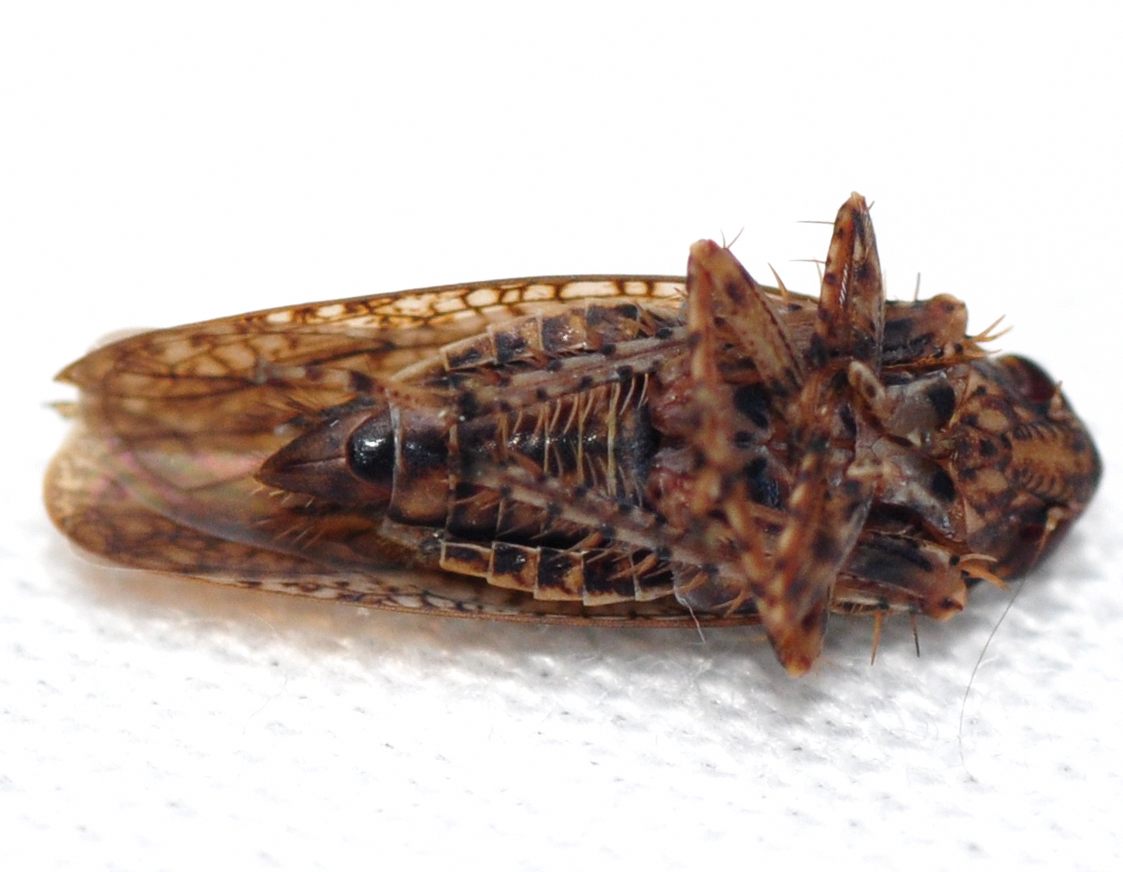| description |
A large brownish species, with adult males around 8.0 mm long and females 9.0-9.5 mm long. The entire body and wings have a dense reticulated mesh-like dark brown pattern, extending onto the face. The vertex has a tan to white tip, in front of a broken dark brown band between the eyes that is enlarged on either end. The female pregenital sternite has a broad V-shaped medial notch, extending about a third to halfway towards the anterior margin; the posterior sides of the notch end in a slightly produced sharp tooth, with the posterior margin of the sternite concavely rounded towards the lateral sides (the posterior lateral angles are acutely produced). The pregenital sternite is mostly a light brown to tan color, with somewhat broad black coloration around the notch and along the midline, becoming narrower in size and extent the closer to the anterior margin. The male subgenital plates are somewhat close to one another, with a noticeable gap between them; together, they are triangular in shape, being long and tapered but curving outwards near the base. (DeLong & Hershberger, 1948; Crowder, 1952)
For diagrams of this species, see: Dmitriev. |
Species Photo Gallery for Texananus caducus No Common Name |
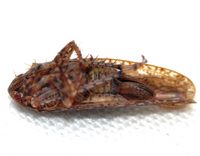 | Photo by: Kyle Kittelberger, Brian Bockhahn
Rockingham Co.
Comment: grassy area near mixed hardwood forest and a pond; female | 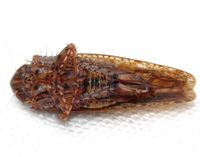 | Photo by: Kyle Kittelberger, Brian Bockhahn
Rockingham Co.
Comment: grassy area near mixed hardwood forest and a pond; female |
 | Photo by: Kyle Kittelberger, Brian Bockhahn
Rockingham Co.
Comment: grassy area near mixed hardwood forest and a pond; female |  | Photo by: Kyle Kittelberger, Brian Bockhahn
Rockingham Co.
Comment: grassy area near mixed hardwood forest and a pond; female |
 | Photo by: Kyle Kittelberger, Brian Bockhahn
Rockingham Co.
Comment: grassy area near mixed hardwood forest and a pond; male | 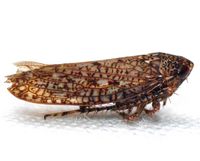 | Photo by: Kyle Kittelberger, Brian Bockhahn
Rockingham Co.
Comment: grassy area near mixed hardwood forest and a pond; male |
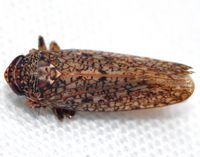 | Photo by: Kyle Kittelberger, Brian Bockhahn
Rockingham Co.
Comment: grassy area near mixed hardwood forest and a pond; male | 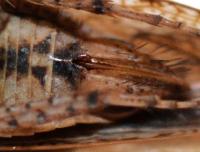 | Photo by: Kyle Kittelberger, Brian Bockhahn
Rockingham Co.
Comment: grassy area near mixed hardwood forest and a pond |
 | Photo by: Kyle Kittelberger, Brian Bockhahn
Rockingham Co.
Comment: grassy area near mixed hardwood forest and a pond |  | Photo by: Kyle Kittelberger, Brian Bockhahn
Rockingham Co.
Comment: grassy area near mixed hardwood forest and a pond |
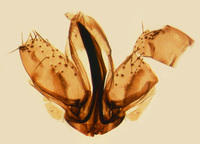 | Photo by: Bo Sullivan
Scotland Co.
Comment: female; 9.2 mm | 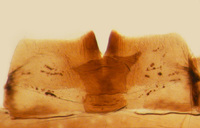 | Photo by: Bo Sullivan
Scotland Co.
Comment: female; 9.2 mm |
 | Photo by: Bo Sullivan
Scotland Co.
Comment: female; 9.2 mm | 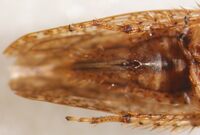 | Photo by: Bo Sullivan
Scotland Co.
Comment: female; 9.2 mm |
 | Photo by: Bo Sullivan
Scotland Co.
Comment: female; 9.2 mm | 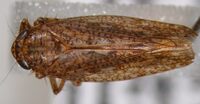 | Photo by: Bo Sullivan
Scotland Co.
Comment: female; 9.2 mm |
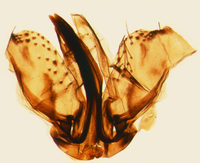 | Photo by: Bo Sullivan
Scotland Co.
Comment: female; 8.6 mm |  | Photo by: Bo Sullivan
Scotland Co.
Comment: female; 8.6 mm |
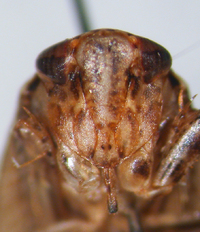 | Photo by: Bo Sullivan
Scotland Co.
Comment: female; 8.6 mm |  | Photo by: Bo Sullivan
Scotland Co.
Comment: female; 8.6 mm |
 | Photo by: Bo Sullivan
Scotland Co.
Comment: female; 8.6 mm |  | Photo by: Bo Sullivan
Scotland Co.
Comment: female; 8.6 mm |
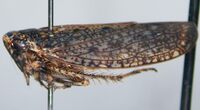 | Photo by: Bo Sullivan
Scotland Co.
Comment: male; 8.2 mm. T. dicentrus? | 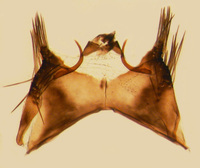 | Photo by: Bo Sullivan
Scotland Co.
Comment: male; 8.2 mm. T. dicentrus? |
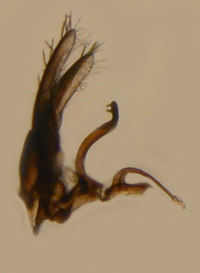 | Photo by: Bo Sullivan
Scotland Co.
Comment: male; 8.2 mm. T. dicentrus? | 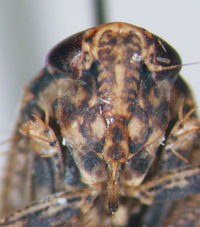 | Photo by: Bo Sullivan
Scotland Co.
Comment: male; 8.2 mm. T. dicentrus? |
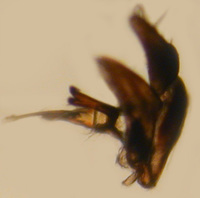 | Photo by: Bo Sullivan
Scotland Co.
Comment: male; 8.2 mm. T. dicentrus? |  | Photo by: Bo Sullivan
Scotland Co.
Comment: male; 8.2 mm. T. dicentrus? |
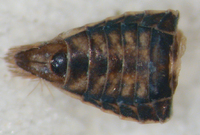 | Photo by: Bo Sullivan
Scotland Co.
Comment: male; 8.2 mm. T. dicentrus? |  | Photo by: Bo Sullivan
Scotland Co.
Comment: male; 8.2 mm. T. dicentrus? |
|

 »
»


